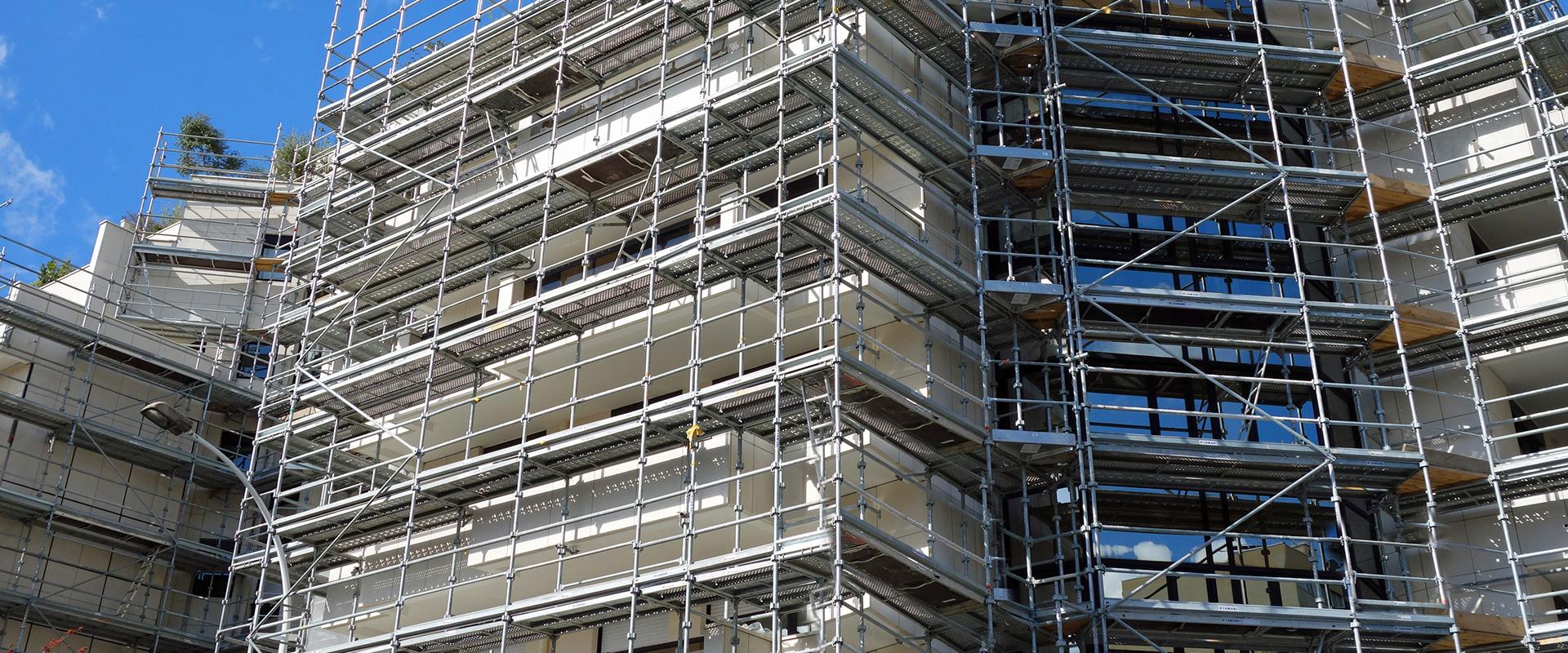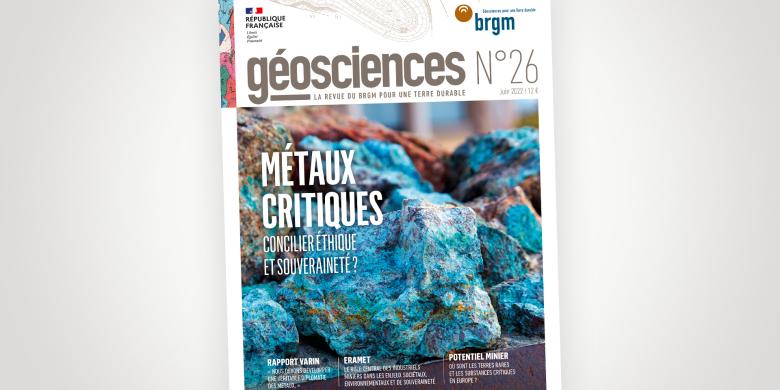
Infographic "Mineral resources in our daily lives". Source: Geosciences journal no. 26: Critical metals, can ethics and sovereignty be reconciled?
© BRGM
Detailed description
Kitchens
In our kitchens, they are everywhere. Copper, aluminium or stainless steel (iron, chrome, nickel) for our pots and pans, sinks and extractor hoods.
Electric mobility
Electric cars require batteries, which are often made of lithium, cobalt and nickel.
Paper
Paper is made from pulp, consisting of cellulose fibres mainly extracted from wood or recycled paper, and fine mineral products called “mineral fillers” such as limestone. These fill the gaps between the cellulose fibres and improve the printability of the paper sheets.
Wind turbines
A wind turbine rests on a reinforced concrete base and is made up of, among other things, glass fibres, steel and copper.
Electricity
Copper is essential to our electricity network. An excellent conductor of electricity, this metal is consumed at a rate of about 20 to 25 million tonnes per year worldwide.
Defence
From tantalum used in armour to titanium in super alloys and chromium and cobalt in aircraft engines, the defence industry makes full use of the characteristics of rare metals.
Construction
Sand and carbonates (cement) for concrete, clay for tiles, bricks and ceramics, aluminium and silica for windows.
Health
Many mineral resources are used in this area. Rare earths in MRI, talcum powder for tablet coating, lithium in antidepressants for example.
And also
Salt (halite) in food...
...aggregates and bitumen for roads, talc, zinc and titanium in reflective paints.
Geosciences no. 26: Critical metals, can ethics and sovereignty be reconciled?
Issue 26 of the Géosciences journal, published in June 2022, focuses on the topic of critical metals.
The energy transition towards carbon-free production reveals more than ever how dependant our technologies are on an increasing amount and variety of metals. Will we be able to meet all the needs for mineral raw materials in the coming decades? How can we secure our supplies given that the last mines in France closed at the end of the last century?
BRGM, France's leading public player in the field of mineral resources, has devoted this issue of its journal, Géosciences, to answering these questions and many others.
This issue, which includes an article by Philippe Varin, author of the recent report on securing the supply of mineral raw materials to industry, and an interview with Christel Bories, CEO of Eramet, discussing the place of metals in our daily lives, takes stock of European mining potential and reviews the state of recycling in France and the prospects for innovation in this field.








